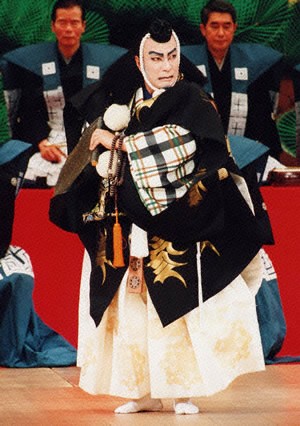One of the acts was Kanjincho. Although I have seen it many times, each time the experience is knew. A lot of discoveries are made, as is the testimony of any great classics.
This time, I was drawn to the visually stunning dramatic structure, in which the protagonists struggle, negotiate, get infuriated, and finally arrive at a humane and moving solution. It is as if a symphony is played out in front of your eyes using the bodies of actors, who are made up in exaggerated contrasts and dressed in conspicuous attire. The score is written in the implicit traditions of bodily language which have been handed down through the generations for hundreds of years.
The actors remain constrained in their bodies, and yet their expressive powers transcend time and space.
It was one of these moments when one realizes the bliss of a life in Tokyo. I simply love Kabuki.
The theatrical treat was followed by a culinary one in the Sushi restaurant Tsukasa, where the finest specimen of Maguro are procured and served through the eyes of Mr. Hiroki Fujita.

Visually stunning drama. A scene from Kanjincho.





















